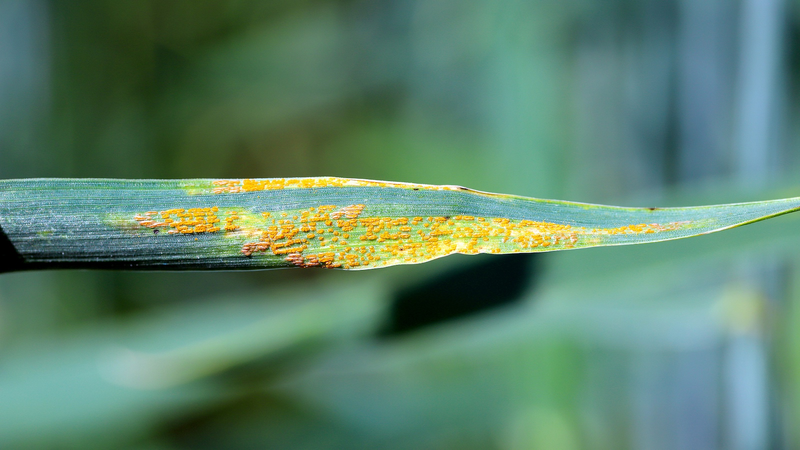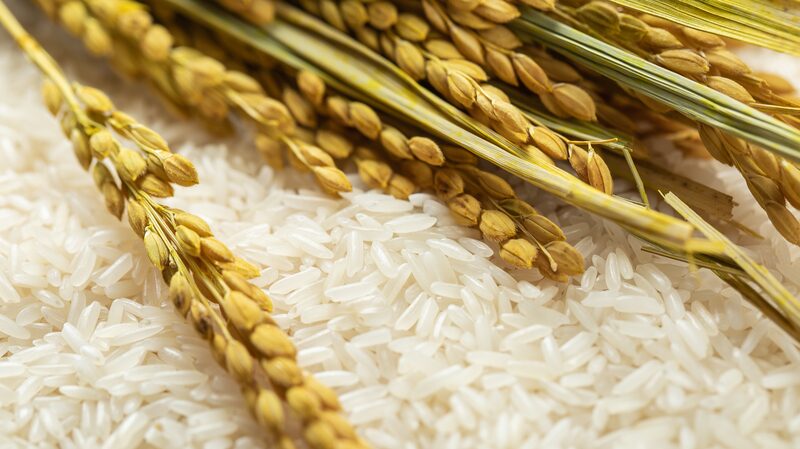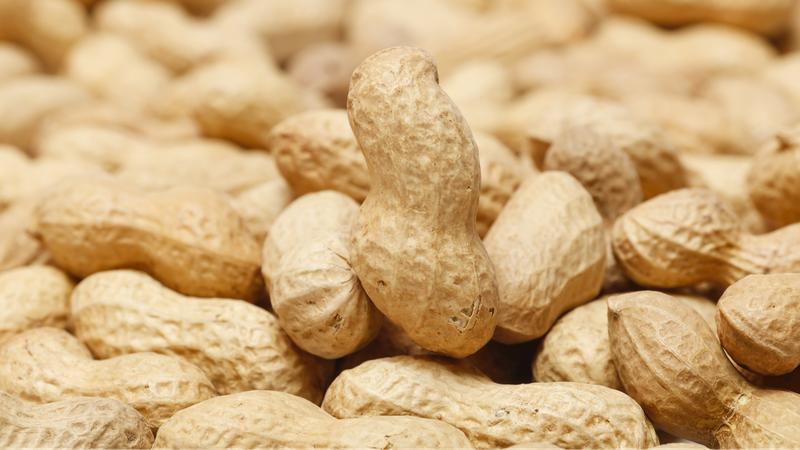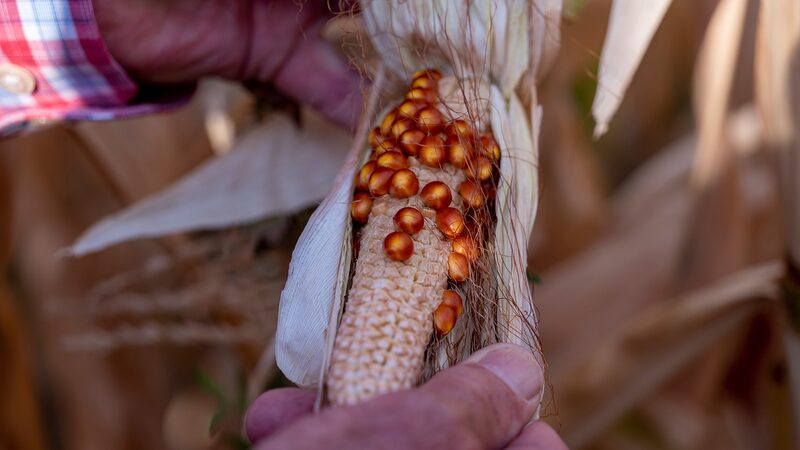Chinese scientists have pioneered a gene-editing method to reduce corn plant height, paving the way for compact, high-density varieties resistant to lodging. Published in the Plant Biotechnology Journal, the study highlights a significant advancement in enhancing global food security through improved corn cultivation.
Corn stands as the world's most-produced cereal crop, essential for feeding billions. Increasing planting density is a critical strategy for boosting yields, but traditional breeding methods have struggled to produce shorter, sturdier plants due to limited genetic resources.
The research was spearheaded by the Biotechnology Research Institute of the Chinese Academy of Agricultural Sciences (CAAS), in collaboration with Anhui Agricultural University and South China Agricultural University. The team focused on modifying the Br2 gene through targeted gene editing, designing a knockout vector that successfully identified seven transgenic lines with distinct mutations in corn inbred varieties.
Hybridization experiments revealed that all 28 hybrid offspring from crosses with elite inbred lines exhibited dwarf characteristics. To expedite the breeding process, the team introduced a haploid inducer-mediated genome editing system, which allowed for the conversion of edited haploid plants into stable double-haploid lines within just two generations. Three elite inbred lines treated with this system demonstrated significant reductions in plant height.
\"This method allows rapid and precise modification of plant height across different genetic backgrounds,\" said Wang Baobao, corresponding author of the study and a researcher at CAAS. \"It provides critical technical support for breeding corn varieties optimized for dense planting and enhanced lodging resistance.\"
Reference(s):
China develops gene-editing method to reduce corn plant height
cgtn.com








